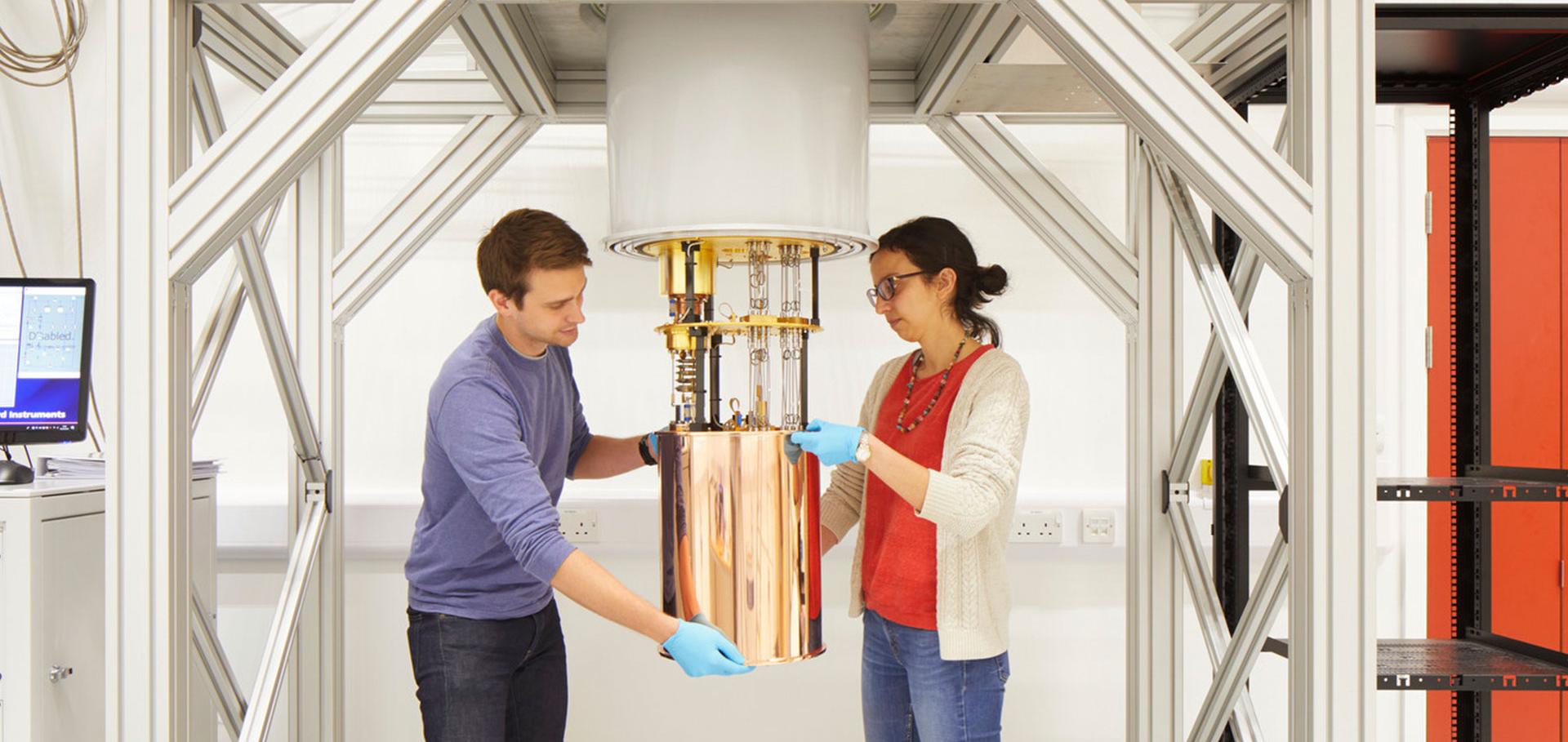Interfacial electron accumulation for efficient homo-junction perovskite solar cells
Nano Energy Elsevier 28 (2016) 269-276
Abstract:
Here we study perovskite solar cells based on mesoporous alumina scaffold infiltrated and capped with a perovskite absorber layer, which are devoid of a discrete n-type electron collection layer. We employ ethoxylated polyethylenimine (PEIE) to modify the interface between the perovskite absorber layer and the metallic transparent fluorine-doped SnO 2 (FTO) electrode. Surprisingly, the PEIE interlayer obviates the requirement for the conventional dense-TiO 2 (d-TiO 2 ) compact layer (or organic fullerene layer), usually required to selectively extract electrons from the perovskite film. The self-organized PEIE interlayer produced a strong induced dipole moment at the perovskite-FTO interface, with our results indicating that electrons accumulate within the perovskite film at this interface. The resultant “n-type” contact region within the perovskite absorber layer, progressing to an intrinsic (i) region within the bulk of the perovskite layer, represents an n-i homojunction and favorably enables selective electron extraction at the FTO electrode. Resulting solar cells deliver current-voltage measured power conversion efficiencies (η) of over 15.0% and a substantial stabilized efficiency (η) of 9.1%. Although our solar cell performance remains lower than the highest reported efficiencies for perovskite solar cells employing discrete charge selective extraction layers, it indicates significant potential for “homo-junction” perovskite solar cells, once the metallic-to-perovskite contact is fully controlled. Additionally, our work identifies the potential impact of modifying the interface between the perovskite absorber and the subsequent contact materials with dipolar organic compounds, which may be applicable to optimizing contact at perovskite-semiconductor heterojunctions.Engineering the membrane\/electrode interface to improve the performance of solid-state supercapacitors
ACS Applied Materials and Interfaces American Chemical Society 8:32 (2016) 20756-20765
Abstract:
This paper investigates the effect of adding a 450 nm layer based on porous TiO2 at the interface between a 4.5 μm carbon/TiO2 nanoparticle-based electrode and a polymer electrolyte membrane as a route to improve energy storage performance in solid-state supercapacitors. Electrochemical characterisation showed that adding the interface layer reduced charge transfer resistance, promoted more efficient ion transfer across the interface and significantly improved charge/discharge dynamics in a solid-state supercapacitor, resulting in an increased areal capacitance from 45.3 to 111.1 mF cm^2 per electrode at 0.4 mA cm^2.Well-Defined Nanostructured, Single-Crystalline TiO2 Electron Transport Layer for Efficient Planar Perovskite Solar Cells
ACS Nano American Chemical Society (ACS) 10:6 (2016) 6029-6036
Band gaps of the lead-free halide double perovskites Cs2BiAgCl6 and Cs2BiAgBr6 from theory and experiment
Journal of Physical Chemistry Letters American Chemical Society 7:13 (2016) 2579-2585
Abstract:
The recent discovery of lead-free halide double perovskites with band gaps in the visible represents an important step forward in the design of environmentally friendly perovskite solar cells. Within this new family of semiconductors, Cs2BiAgCl6 and Cs2BiAgBr6 are stable compounds crystallizing in the elpasolite structure. Following the recent computational discovery and experimental synthesis of these compounds, a detailed investigation of their electronic properties is warranted in order to establish their potential as optoelectronic materials. In this work, we perform many-body perturbation theory calculations and obtain high accuracy band gaps for both compounds. In addition, we report on the synthesis of Cs2BiAgBr6 single crystals, which are stable in ambient conditions. From our complementary theoretical and experimental analysis, we are able to assign the indirect character of the band gaps and obtain both experimental and theoretical band gaps of these novel semiconductors that are in close agreement.Spatially resolved studies of the phases and morphology of methylammonium and formamidinium lead tri-halide perovskites
(2016)


